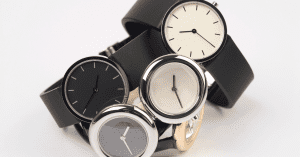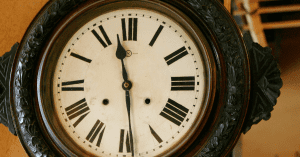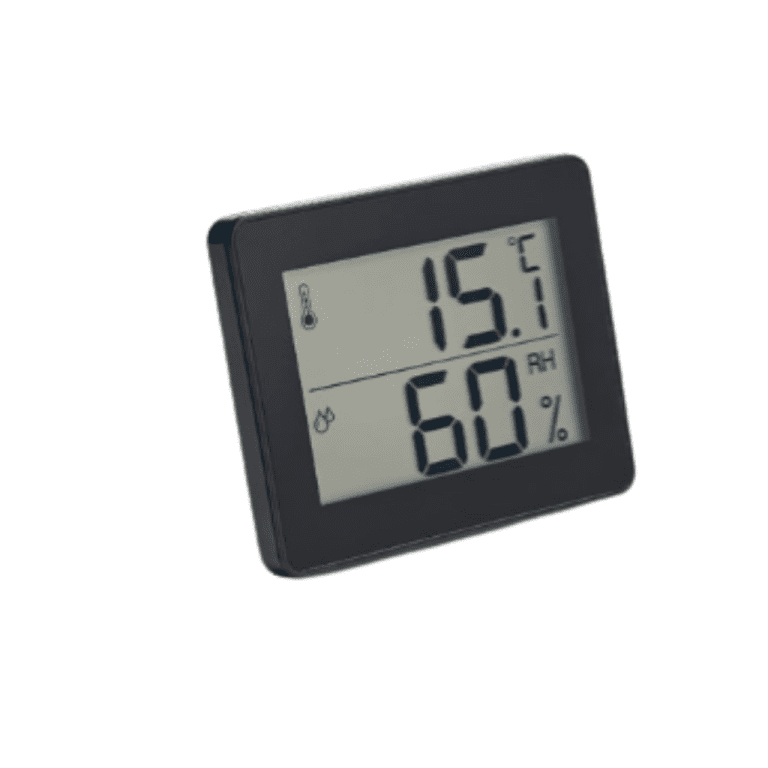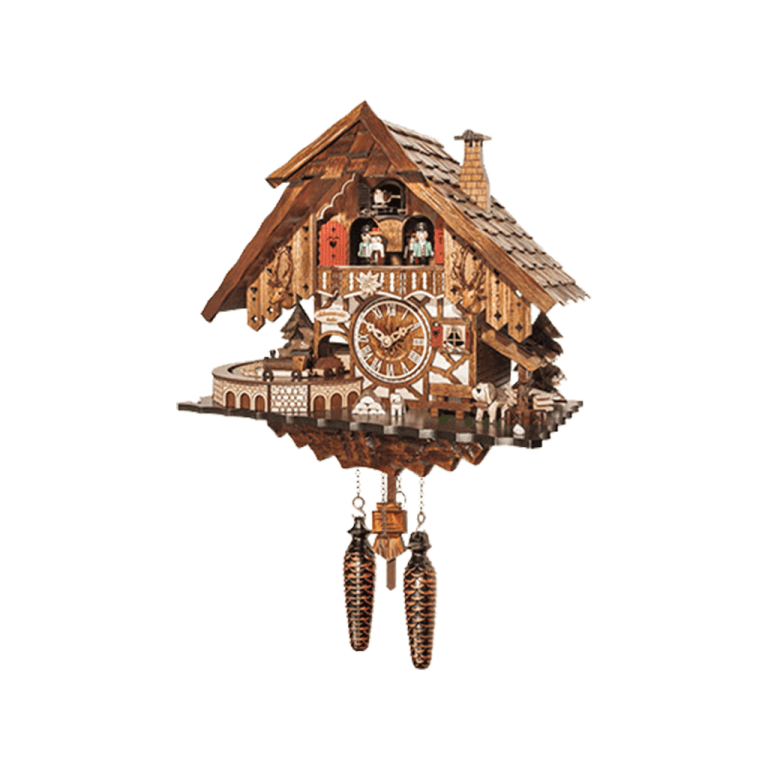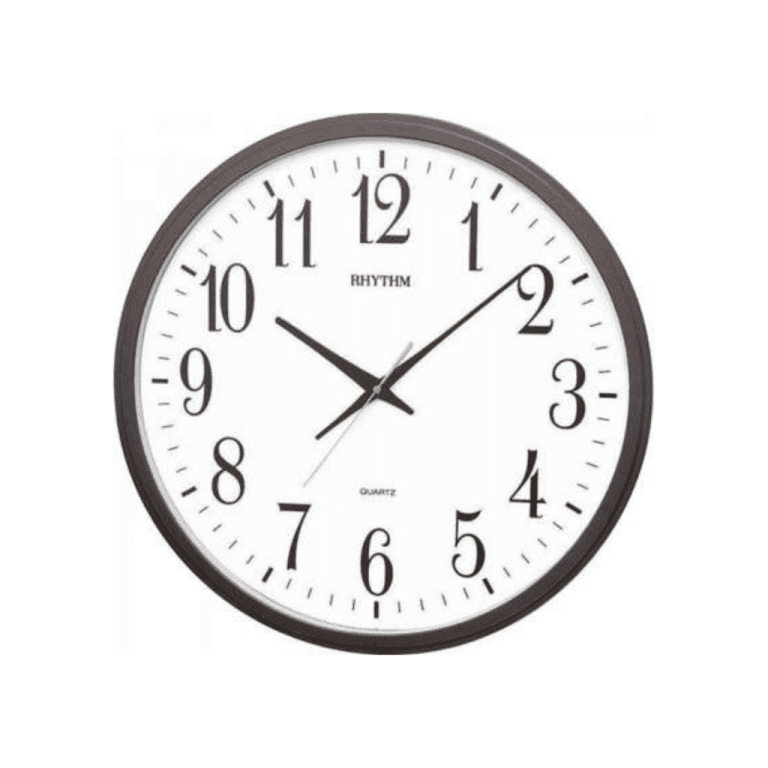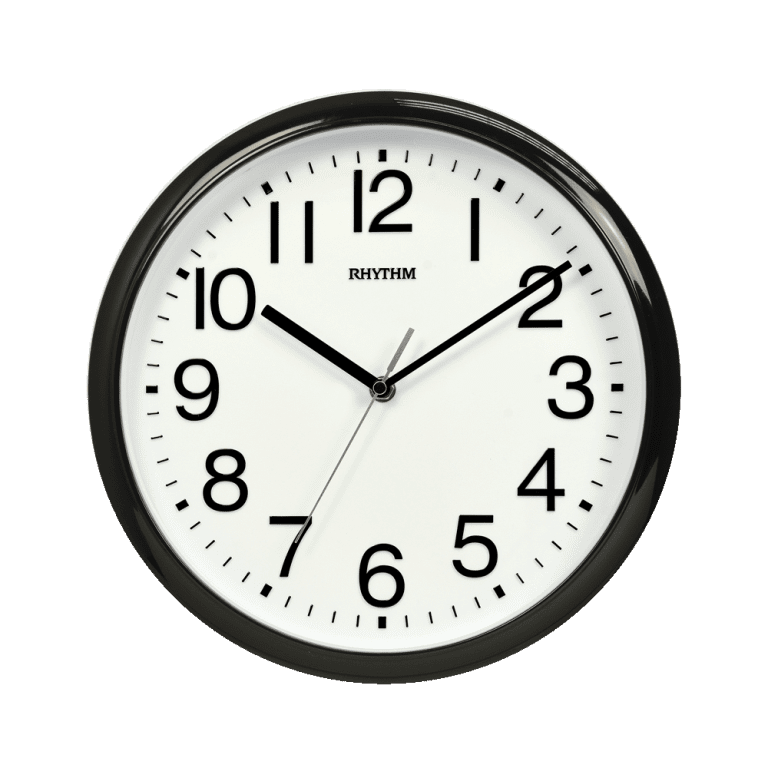The clock is one of the oldest human inventions, meeting the need to measure intervals of time shorter than the natural units: the day, the lunar month, and the year.
The Egyptians divided the day into two 12-hour periods, and used large obelisks to track the movement of the sun.
The second was defined by the ancient Babylonians to be 1/84,600 of a day.
The earliest known clock with a water-powered escapement mechanism, which transferred rotational energy into intermittent motions, dates back to 3rd century BC in ancient Greece.
Chinese engineers later invented clocks incorporating mercury-powered escapement mechanisms in the 10th century, followed by Arabic engineers inventing water clocks driven by gears and weights in the 11th century.
The first mechanical clocks, employing the verge escapement mechanism with a foliot or balance wheel timekeeper, were invented in Europe at around the start of the 14th century.
Mechanical clocks became widespread in the 14th century, when they were used in medieval monasteries to keep the regulated schedule of prayers.
Astronomical clocks were start to be made in 14th century. An astronomical clock is a clock with special mechanisms and dials to display astronomical information, such as the relative positions of the sun, moon, zodiacal constellations, and sometimes major planets. Prague astronomical clock mounted on the wall of Old Town City in Prague. It’s the oldest still working intact example of its kind. The astronomical dial and the mechanical clock was made and installed in 1410.
The invention of the mainspring in the early 15th century allowed portable clocks to be built, evolving into the first pocketwatches by the 17th century, but these were not very accurate until the balance spring was added to the balance wheel in the mid 17th century.
The pendulum clock was invented in 1656 by Dutch scientist and inventor Christiaan Huygens, and patented the following year. Huygens contracted the construction of his clock designs to clockmaker Salomon Coster, who actually built the clock.
From its invention until the 1930s, the pendulum clock was the world’s most precise timekeeper, accounting for its widespread use. Throughout the 18th and 19th centuries pendulum clocks in homes, factories, offices and railroad stations served as primary time standards for scheduling daily life, work shifts, and public transportation, and their greater accuracy allowed the faster pace of life which was necessary for the Industrial Revolution.
The electric clock was patented in 1840. The development of electronics in the 20th century led to clocks with no clockwork parts at all.
The atomic clock was invented after World War II in 1955. It is a clock that uses the resonance frequencies of atoms as its resonator. According to Encyclopedia Britannica, the resonator is “regulated by the frequency of the microwave electromagnetic radiation emitted or absorbed by the quantum transition (energy change) of an atom or molecule.”
Atomic clocks are far more accurate than any previous timekeeping device, and are used to calibrate other clocks and to calculate the International Atomic Time; a standardized civil system, Coordinated Universal Time, is based on atomic time.
The word clock derives from the medieval Latin word for “bell”; clogga, and has cognates in many European languages.
By definition, a “true” clock has an announcing or striking mechanism that sounds after each set interval of time. The sound could be the ringing of a bell, chimes, or gong.
A silent clock without a striking mechanism is traditionally known as a timepiece, a term sometimes used by horologists and other specialists to describe devices such as ordinary wristwatches.
Clocks that are used for telling the time at very high accuracy are usually called chronometers.
Difference between clock and watch is that a watch is usually attached to a strap or is a band worn around the wrist which tells time. A clock is a wall-mounted instrument for calculating time.
Big Ben is the nickname for the Great Bell of the clock at the north end of the Palace of Westminster in London, and often extended to refer to the clock and the clock tower. The hour hand is 3.2 m (8 feet) long. By contrast the minute hand is 4.3 meters (14 feet) long. The clock dials are set in an iron frame 7 meters (23 feet) in diameter, supporting 312 pieces of opal glass, rather like a stained-glass window (on each side).
Philadelphia City Hall at 167 meters (548 feet), including the statue of city founder William Penn atop its tower, City Hall was the tallest habitable building in the world from 1894 to 1908. The tower features a clock face on each side that is 7.9 meters (26 feet) in diameter. The clock faces are larger in diameter than those on Big Ben.
The Abraj Al-Bait is a government-owned complex of seven skyscraper hotels in Mecca, Saudi Arabia. The central hotel tower, the Makkah Royal Clock Tower, has the world’s largest clock face and is the third-tallest building and fifth-tallest freestanding structure in the world. The clock tower contains the Clock Tower Museum that occupies the top four floors of the tower.
The worlds oldest surviving working clock is the faceless clock dating from 1386, or possibly earlier, at Salisbury Cathedral, Wiltshire, UK. It was restored in 1956, having struck the hours for 498 years and ticked more than 500 million times.
Duc d’Orleans Breguet Symapthique Clock is the most expensive clock ever sold at auction. It was created in 1835 of Ormolu-mounted tortoiseshell, with a gold pocket watch mounted atop the piece. This particular clock was expertly restored and once owned by the Time Museum in Rockford Illinois. It is a quarter-striking clock which was again sold by Sotheby’s fetching a staggering $6.8 million!
The world’s highest clock is 229 meters (751 ft 3 in) above street level on top of the Federation Tower “West”, Moscow, Russia. The clock was activated on 24 April 2008.
The largest collection of clocks belongs to Jack Schoff (USA), who has amassed 1,509 different working clocks as of 8 February 2010, which he has been collecting since 2003. All of the clocks are displayed at his house.
Dalí’s melting clocks are one of the most characteristic and original images of the artist’s visual world. He painted them in The persistence of memory (1931). The Dalinian clocks are linked to two concepts: the relativity of time and the aesthetics of soft and hard objects.
Credited to: https://justfunfacts.com/



